When you think of dangerous animals, your mind might jump to lions, sharks, or maybe crocodiles. However, there are many other creatures that don’t seem particularly menacing at first glance but are surprisingly lethal. You come across them in the most unexpected places, and they’re often much closer to you than the wild animals of your imagination. These are the animals that quietly contribute to a surprising number of human fatalities each year.
So let’s take a closer look at some of these under-the-radar killers. You’ll learn which creatures to give a wider berth and which ones to watch out for in your everyday life.
1. Mosquitoes
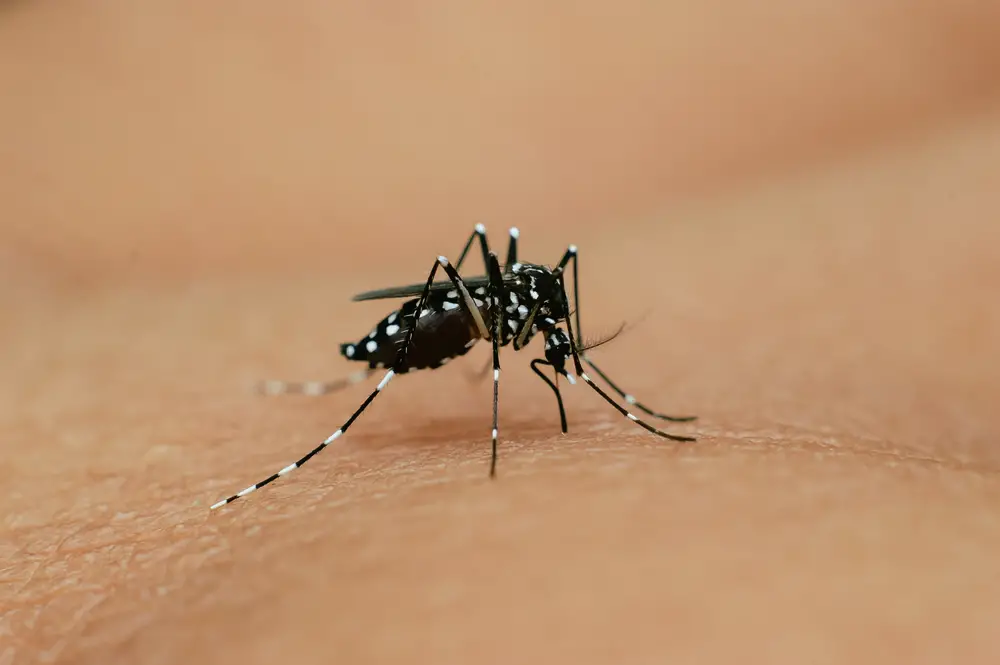
Mosquitoes might just seem like annoying little pests that ruin your evenings outside, but they’re actually the deadliest animals on our list. The tiny bites they deliver are vectors for many diseases, most notably malaria, which kills over 400,000 people annually, according to the World Health Organization. You might find it surprising that these little insects are responsible for more human deaths each year than any other creature. The diseases they spread, such as the Zika virus, dengue, and yellow fever, add to their lethal reputation. So next time you see a mosquito, you might want to take it more seriously.
When you consider the regions most affected by mosquitoes, tropical and subtropical areas come to mind first. However, with climate change, these insects are finding new places to breed, expanding their reach and increasing the number of people at risk. It’s essential to use mosquito repellent and take other preventive measures when traveling to at-risk areas. Simple actions like using bed nets and avoiding standing water can make a significant difference. So, while they may seem insignificant, mosquitoes deserve more attention than they typically get.
2. Freshwater Snails

Freshwater snails don’t exactly scream danger when you see them. However, they host parasitic flatworms that cause schistosomiasis, a disease that affects millions annually. This disease might not be commonly known, but it can be devastating, especially in developing countries. The snails themselves aren’t the direct killers, but their role as a host makes them unwitting accomplices. So if you’re in an area where schistosomiasis is common, a dip in a freshwater lake might be less appealing.
The life cycle of the parasite involves both the snail and the human host, making eradication a complex issue. Efforts to control this disease focus on improving sanitation and access to clean water, but it’s a slow and ongoing battle. Public health campaigns aim to educate at-risk populations about the dangers lurking in local water sources. While freshwater snails are not actively trying to harm humans, their role in spreading schistosomiasis makes them a formidable threat. It’s a reminder that even the most innocuous creatures can be part of a dangerous chain.
3. Dogs
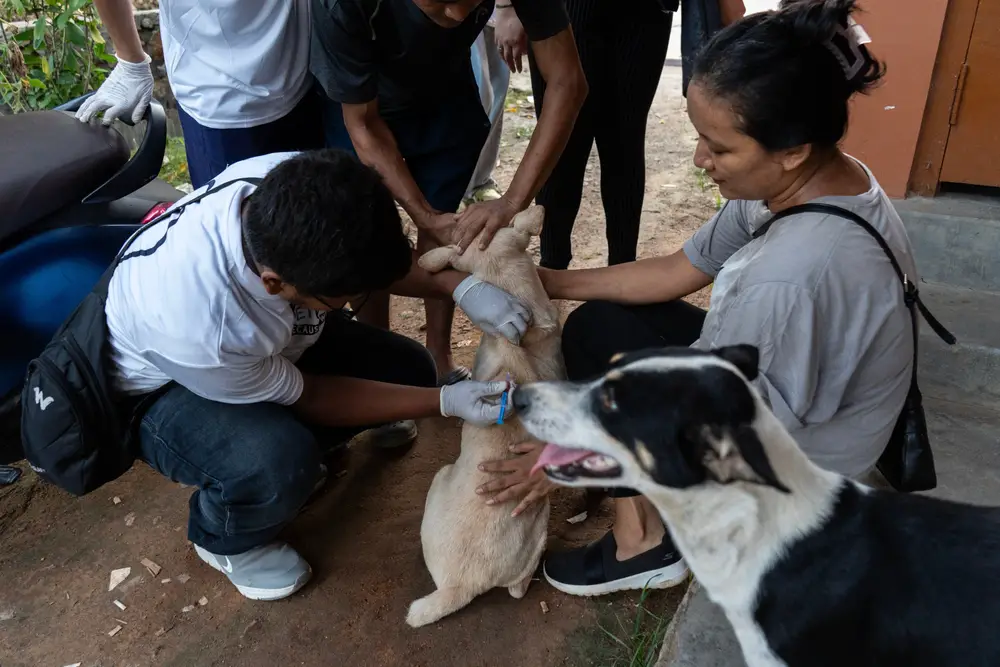
Man’s best friend doesn’t usually make you think of danger, but dogs are responsible for thousands of deaths every year, primarily due to rabies. According to a study by the Global Alliance for Rabies Control, rabies transmitted by dogs accounts for 99% of rabies transmissions to humans. It’s a preventable disease, yet it remains a significant public health concern in many parts of the world. While not all dogs carry the disease, stray dogs in areas with limited veterinary care pose a particular risk. So, if you’re traveling in regions where rabies is prevalent, it’s wise to avoid contact with unfamiliar dogs.
Vaccination campaigns for both dogs and humans are crucial in preventing rabies. In many areas, there is a lack of resources to effectively manage the dog population, contributing to the spread of the disease. Educating communities about the importance of vaccinating their pets can have a considerable impact. When you’re in rabies-endemic areas, getting vaccinated against rabies as a precaution can be a lifesaver. It’s a powerful reminder that even beloved animals can have hidden dangers.
4. Tsetse Flies
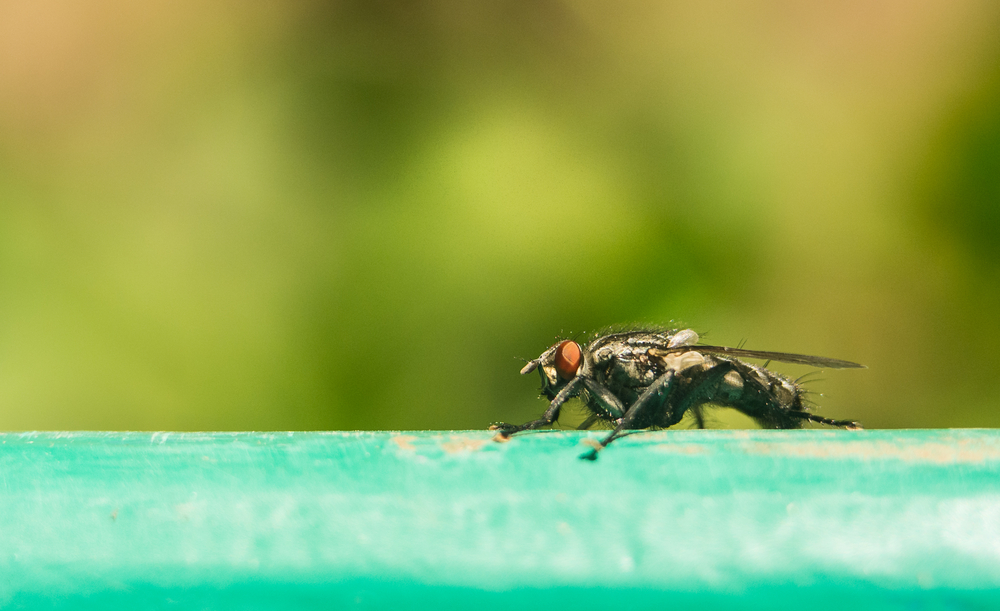
The tsetse fly is another small insect with a big impact on human health. Found primarily in sub-Saharan Africa, tsetse flies transmit trypanosomiasis, commonly known as sleeping sickness. The disease starts with fever and headaches but can progress to more severe neurological symptoms and is often fatal if left untreated. While interventions have reduced the number of cases, the tsetse fly remains a persistent threat. So if you’re traveling to affected regions, being vigilant is essential.
Efforts to control the tsetse fly population include using insecticide-treated traps and introducing sterile males to disrupt breeding. These strategies have been effective, but the risk remains in some remote areas. People living in regions with high tsetse fly populations often face significant challenges in accessing medical care. Raising awareness about the symptoms of sleeping sickness and encouraging early treatment can save lives. The tsetse fly is a small reminder of how impactful a single species can be.
5. Assassin Bugs
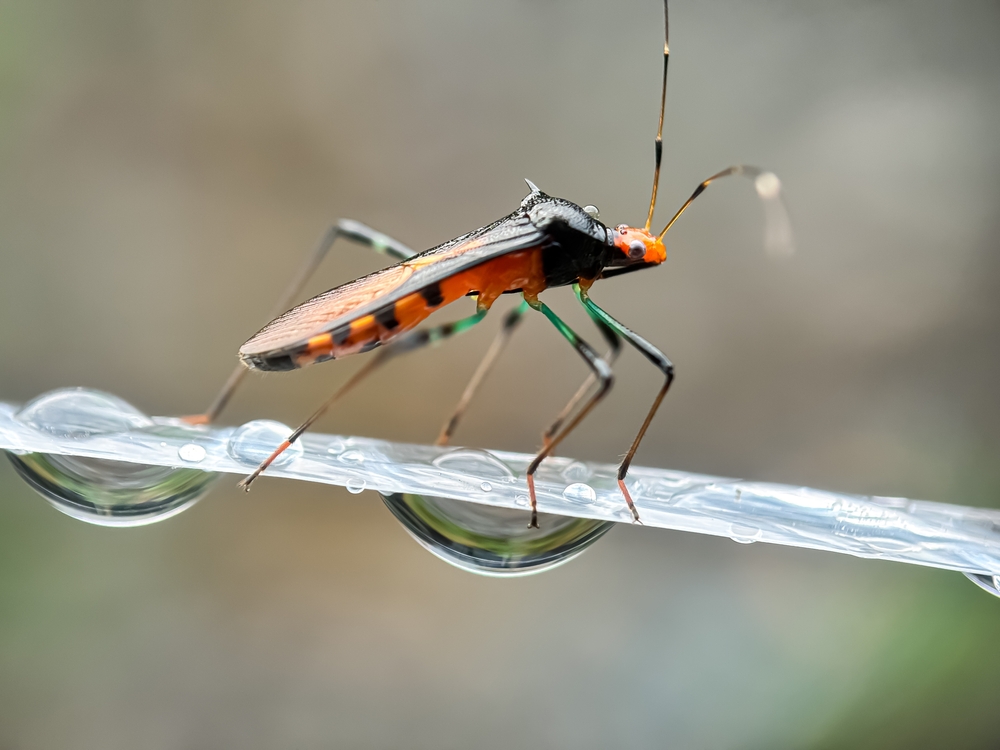
Assassin bugs might sound like something from a spy movie, but they’re very real and very dangerous. These bugs, often referred to as “kissing bugs,” are known for transmitting Chagas disease. Dr. James H. Diaz from the LSU Health New Orleans School of Medicine notes that Chagas affects around 6-7 million people worldwide, primarily in Latin America. The disease can cause severe heart and digestive issues if left untreated, making the assassin bug a considerable threat. So, if you’re in areas where Chagas is prevalent, being on the lookout for these bugs is crucial.
Chagas disease spreads when an infected bug bites and then defecates near the wound, allowing the parasite to enter the body. Simple measures like using bed nets and sealing cracks in homes can reduce the risk of contact with these bugs. Ongoing research into vaccines and treatments continues in the effort to control the disease. Public health initiatives focus on educating people in affected areas about preventative steps they can take. While the name might sound dramatic, assassin bugs live up to their reputation as silent threats.
6. Snakes
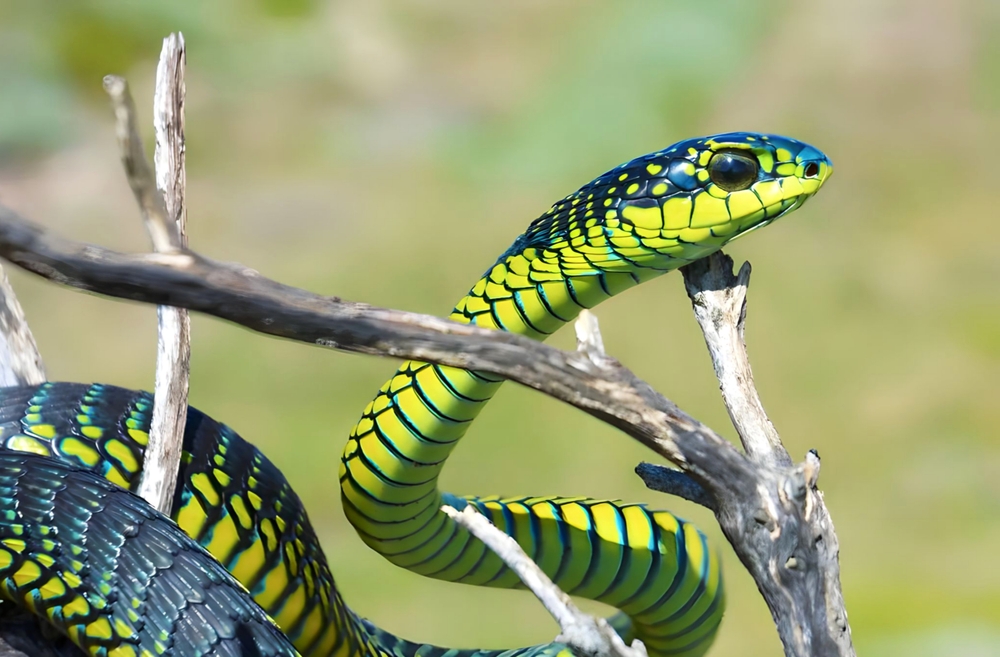
Snakes are probably one of the more expected entries on this list, but the extent of their impact is often underestimated. Venomous snake bites result in tens of thousands of deaths every year, primarily in South Asia and sub-Saharan Africa. Many of these fatalities occur because antivenom is either unavailable or too expensive for those in need. While not all snakes are venomous, those that are can deliver life-threatening bites with little warning. If you’re in snake-prone areas, taking precautions like wearing boots and being mindful of where you walk can be lifesaving.
Efforts to address snakebite deaths include improving access to antivenom and training healthcare workers to better manage snakebite cases. Public education campaigns aim to inform people about what to do in the event of a snakebite and how to avoid them in the first place. While snakes are feared by many, they play a crucial role in their ecosystems and should not be unjustly vilified. Respecting their space and understanding their behaviors can minimize the risk of dangerous encounters. While snakes are mesmerizing creatures, they demand respect and caution.
7. Scorpions
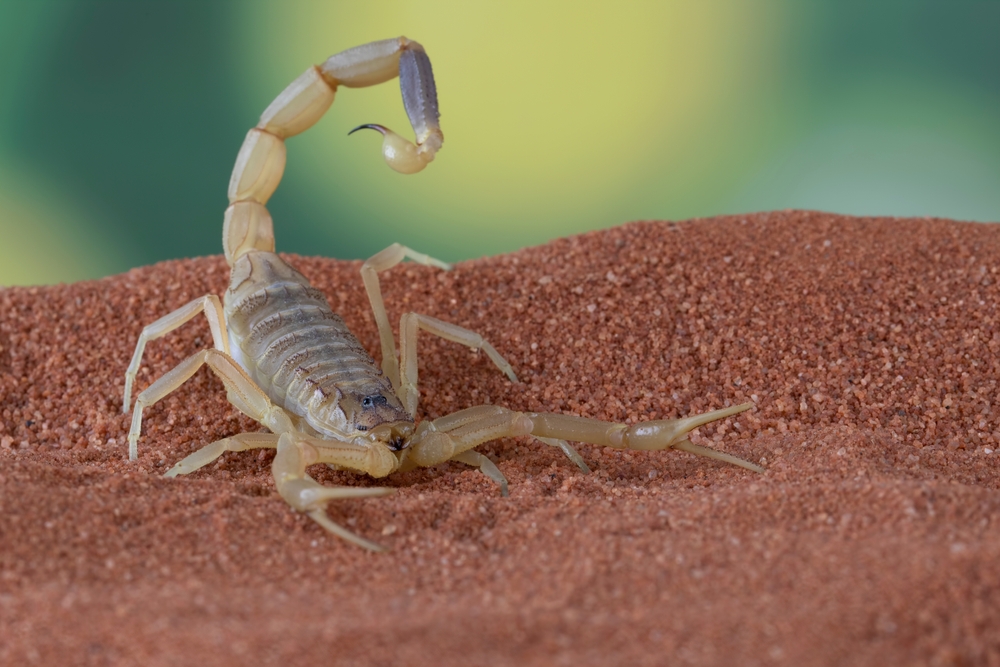
Scorpions might not seem like a menace unless you live in a region where they’re prevalent, but their stings can be deadly. While most scorpions aren’t dangerous, a few species can deliver venom potent enough to cause serious harm or even death. According to research by Dr. Adolfo Borges from the Universidad Central de Venezuela, scorpion stings result in more than 1.2 million stings and thousands of deaths each year worldwide. Quick access to medical treatment can prevent fatalities, but in remote areas, this is a significant challenge. So, if you’re venturing into scorpion territory, it’s wise to be cautious about where you step and stay.
Scorpion stings are a particular concern in desert regions, where these arachnids thrive. Preventative measures include wearing shoes, shaking out clothing and bedding, and using insecticide in homes. Education about the potential dangers of scorpions and how to handle a sting can reduce both fear and fatalities. While their pincers and tails might look intimidating, understanding and respecting the habitats of scorpions can help avoid unwanted encounters. Even in places where scorpions are common, taking a few precautions can significantly reduce your risk.
8. Hippopotamuses
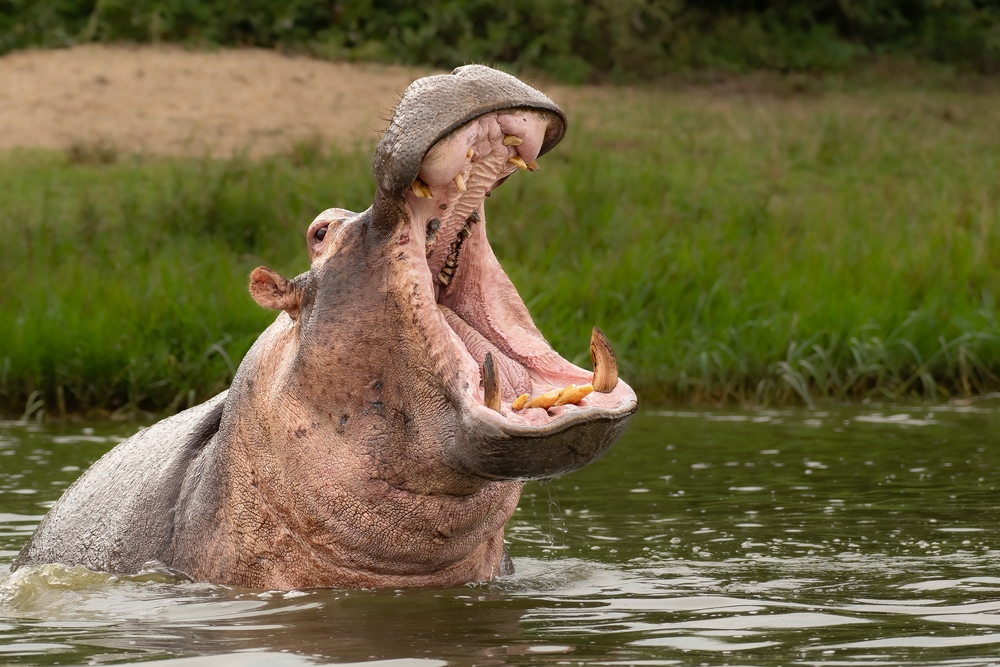
Hippopotamuses might seem harmless when you see them lazing in the water, but they are surprisingly aggressive and territorial. They’re responsible for more human deaths in Africa than most other large animals. Hippos can weigh up to 3,300 pounds and can run at speeds of up to 20 miles per hour on land, making them formidable when agitated. Many of the deaths occur when people inadvertently come too close to hippos, either on land or in boats. So, if you’re on a safari or near water in hippo territory, maintaining a safe distance is crucial.
Their aggressive nature often stems from their need to protect their territory and their young ones. Hippos can easily overturn boats, creating dangerous situations for those on board. Local communities are often aware of the risks and take precautions, but tourists might underestimate the danger posed by these seemingly lazy animals. Respectful observation and understanding hippo behavior can prevent unnecessary confrontations. Despite their somewhat comical appearance, hippos are powerful animals that require respect and space.
9. Elephants
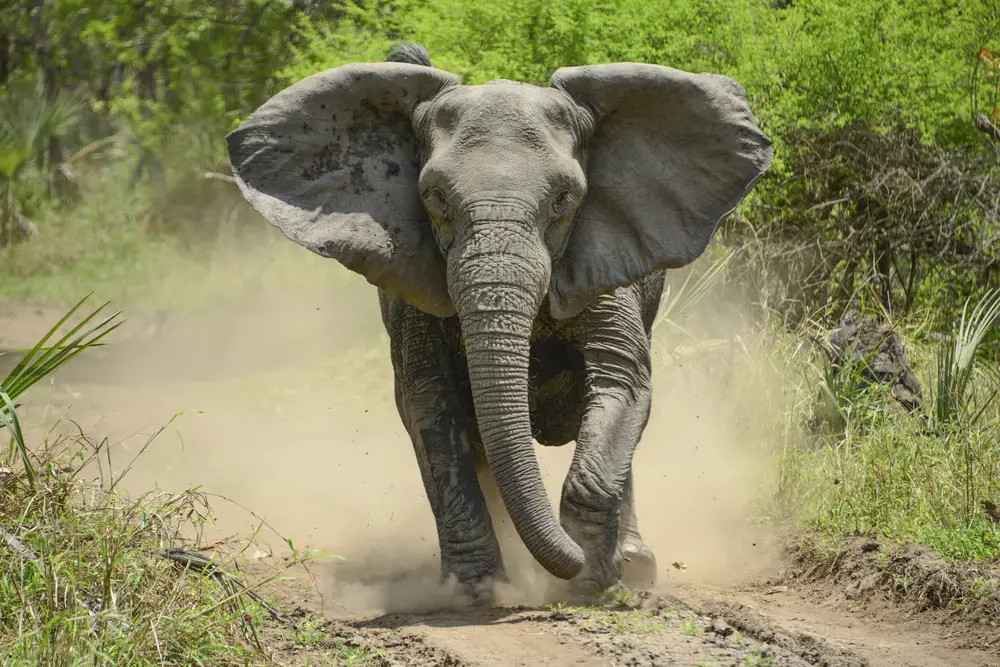
Elephants are majestic creatures that capture the imagination, but they can also be incredibly dangerous. They are responsible for hundreds of deaths each year, primarily due to human-elephant conflicts in areas where their habitats overlap with human settlements. Elephants are known to become aggressive, especially when they feel threatened or if their young are at risk. Human encroachment on their habitats often leads to confrontations that can be fatal. So, if you find yourself in elephant country, it’s best to be aware of your surroundings and keep a respectful distance.
Efforts to reduce human-elephant conflict often include creating wildlife corridors and securing elephant habitats to minimize encounters. Educating communities on how to safely coexist with these large animals is crucial in areas where interactions are more common. While elephants are generally peaceful when left undisturbed, their size and strength mean that any encounter can quickly become dangerous. Understanding their behaviors and respecting their space is essential for peaceful coexistence. Elephants might be gentle giants, but they are still wild animals and should be treated as such.
10. Crocodiles
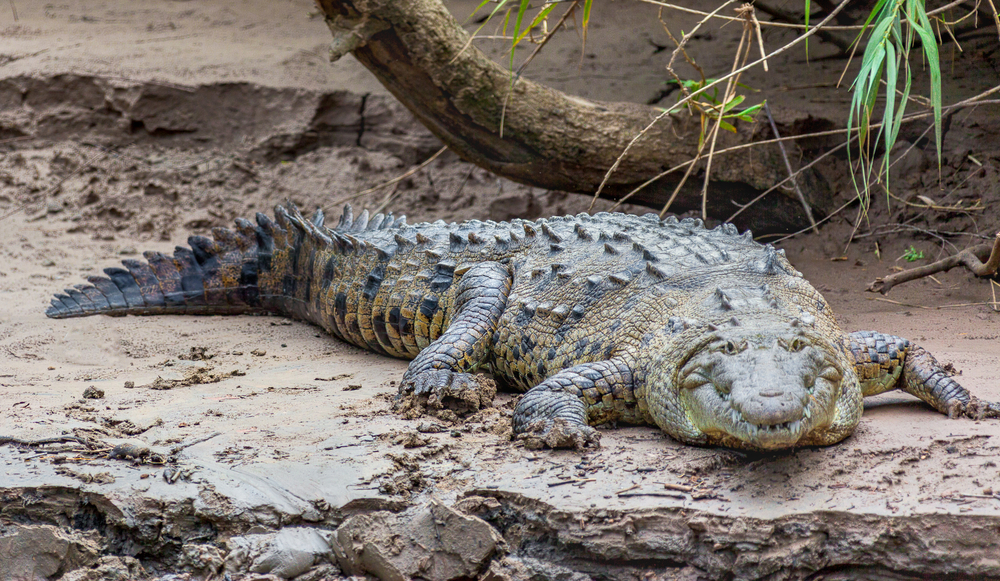
Crocodiles are known predators, but their danger is often underestimated. Living in tropical regions around the world, crocodiles kill hundreds of people annually. Their stealth and power make them formidable hunters, often ambushing their prey from the water’s edge. People living near crocodile habitats are often at risk, particularly when drawing water or fishing. Avoiding crocodile-inhabited waters and being vigilant can prevent many of these fatalities.
Efforts to reduce crocodile attacks often focus on educating local communities about the risks and promoting safe practices near the water. Warning signs, barriers, and patrolling can enhance safety in areas where crocodiles are prevalent. While crocodiles are an essential part of their ecosystems, their interactions with humans can be deadly. Respecting their territory and taking precautions can significantly reduce the number of fatal encounters. Crocodiles are nature’s perfect predators, and awareness is key to staying safe.
11. Tapeworms
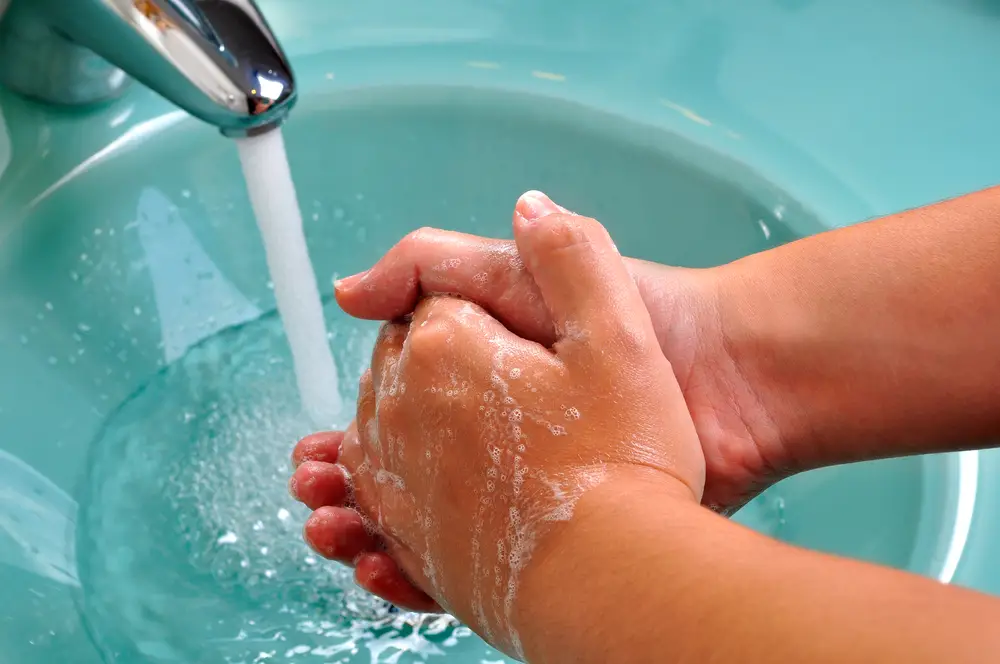
Tapeworms might not be the first creatures that come to mind when you think of deadly animals, but they do cause significant harm. These parasitic worms can lead to cysticercosis, a disease that can cause seizures and even death if the larvae infect the brain. People become infected by ingesting tapeworm eggs, often through contaminated food or water. Once in the body, they can cause a range of symptoms depending on where they settle. So, maintaining good hygiene and proper food handling can reduce the risk of tapeworm infections.
Efforts to combat tapeworms focus on improving sanitation and educating people about the importance of cooking meat thoroughly. Regular deworming programs in at-risk areas can also help control the spread of these parasites. While tapeworms are not aggressive hunters like some animals on this list, their ability to silently cause harm makes them a hidden threat. Awareness and preventive measures can significantly reduce the incidence of tapeworm-related diseases. They might be a less obvious danger, but tapeworms are a reminder of the importance of cleanliness and health.
12. Bees
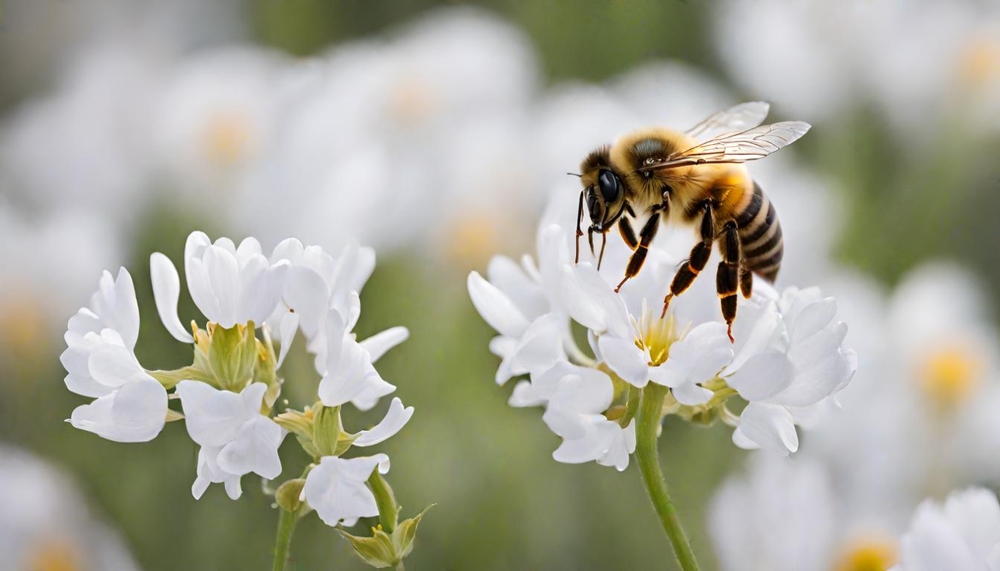
Bees are essential for pollination and play an indispensable role in our ecosystem, but they can also be deadly for some people. Allergic reactions to bee stings cause dozens of deaths each year, primarily due to anaphylaxis. While for most people, a bee sting is simply painful, for those with allergies, it can be life-threatening. It’s crucial for people with known allergies to carry an epinephrine autoinjector and know how to use it. So, if you’re allergic, being mindful of your surroundings during bee season can save your life.
Efforts to manage allergic reactions often involve awareness campaigns and teaching people how to recognize and respond to anaphylaxis. While bees themselves are not aggressive, they will defend their hives if they feel threatened. Understanding bee behavior can help prevent stings and the potentially severe reactions that can follow. While bees are critical to our environment, respecting their space and being prepared for allergic reactions is essential. Despite their small size, bees pack a powerful punch for those with allergies.
13. Box Jellyfish
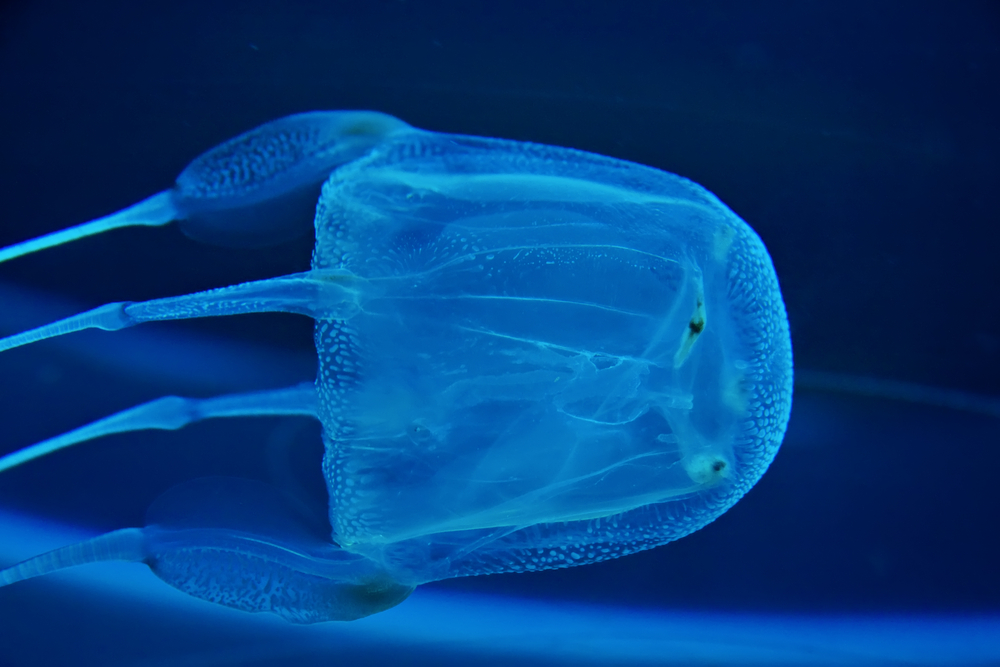
The box jellyfish is one of the more overtly dangerous creatures on this list, known for its potent venom. Found mainly in the waters of the Indo-Pacific region, its sting can cause heart failure, paralysis, and even death in minutes. Swimmers in affected areas are at risk, making awareness and caution essential when entering the water. Vinegar can be used to neutralize the sting, but medical attention is often necessary. So, if you’re in box jellyfish territory, knowing first aid procedures is crucial.
Efforts to prevent stings include setting up warning signs, using protective nets, and educating the public about the dangers of box jellyfish. Swimmers are advised to wear protective clothing and be cautious when entering jellyfish-infested waters. While box jellyfish have a fearsome reputation, understanding and respecting their habitat can help mitigate the risks they pose. Taking precautions and knowing how to treat stings can make a significant difference. Box jellyfish are a stark reminder of the hidden dangers lurking in the ocean’s depths.
14. Rats
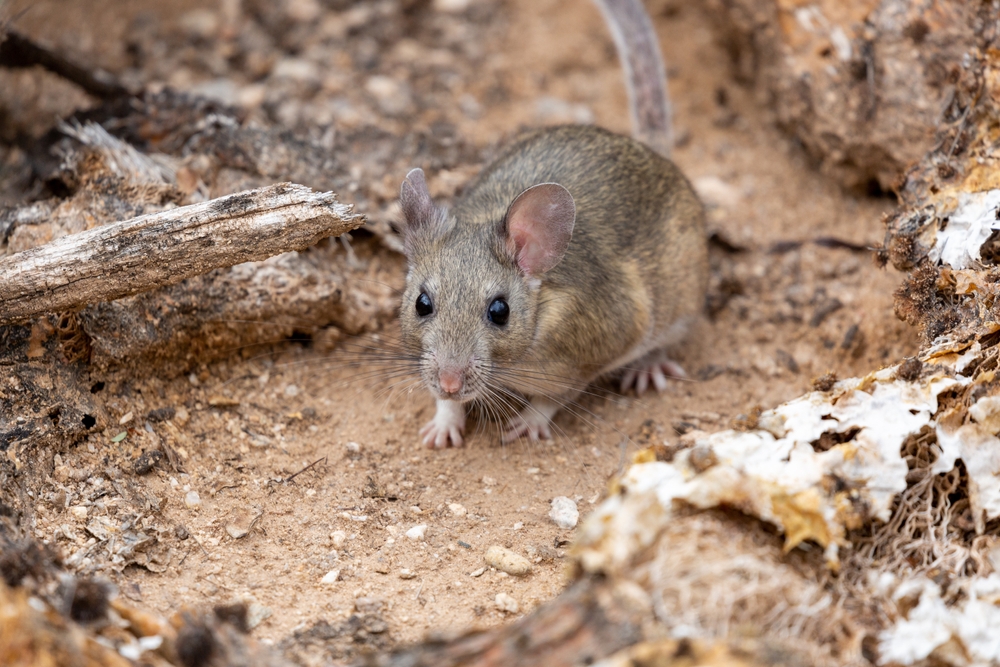
Rats might not seem particularly deadly, but they are notorious for spreading diseases, most famously the bubonic plague. Today, they continue to transmit diseases like leptospirosis and hantavirus, which can be severe or even fatal. Rats thrive in urban areas, often living in close proximity to humans, increasing the risk of disease transmission. Effective pest control and maintaining cleanliness can help reduce the risks associated with these rodents. So, while they might seem like a nuisance, the importance of keeping rat populations in check cannot be overstated.
Efforts to control rat populations often involve a combination of sanitation measures and baiting programs. Educating communities about proper waste management and the risks posed by rats can help prevent outbreaks of rat-borne diseases. While rats themselves are not aggressive, their presence can indicate larger public health issues. Keeping spaces clean and free of food scraps can reduce the likelihood of rat infestations. Rats may be small, but their impact on human health can be enormous.
15. Horses

Surprisingly, horses make it onto this list, not because of malicious intent but due to accidents. Equestrian activities result in numerous injuries and fatalities each year. Falls, kicks, and being crushed by a horse can all result in severe injuries or death. Wearing proper safety gear and receiving adequate training are critical for minimizing risks when interacting with or riding horses. So, while they are generally gentle animals, the potential for accidents makes safety precautions essential.
Efforts to improve safety in equestrian activities focus on proper training for both riders and horses, as well as the use of protective gear. Awareness campaigns aim to educate riders about the risks and how to mitigate them. While horses are magnificent animals, their size and strength mean that accidents can be severe. Respecting their power and understanding their behavior can help prevent many potential incidents. Horses might be companions to many, but they remind us that even domesticated animals require respect and caution.
